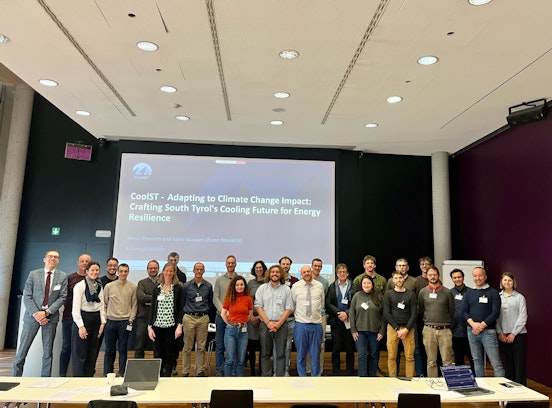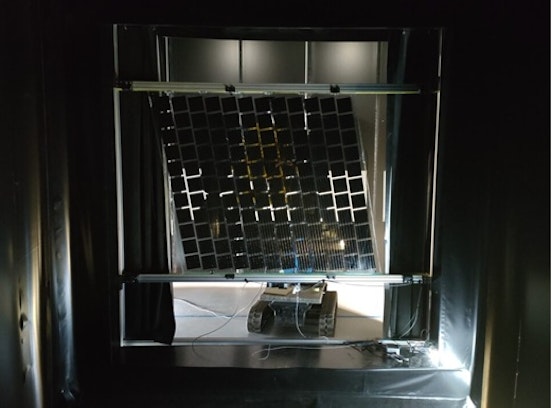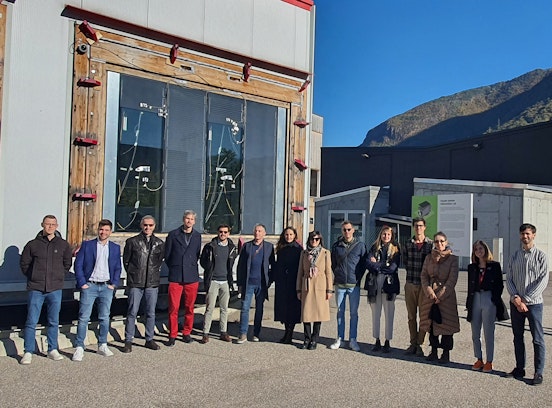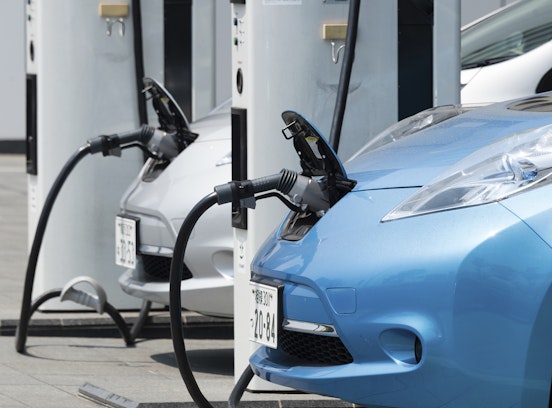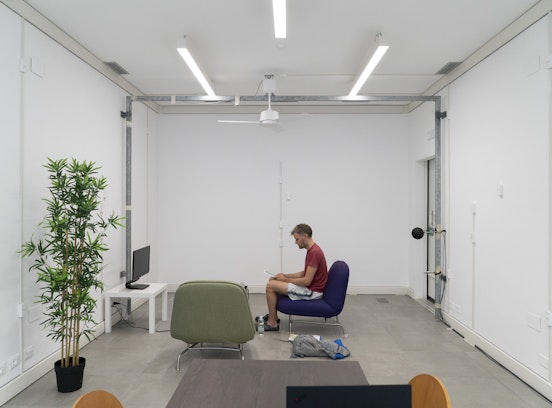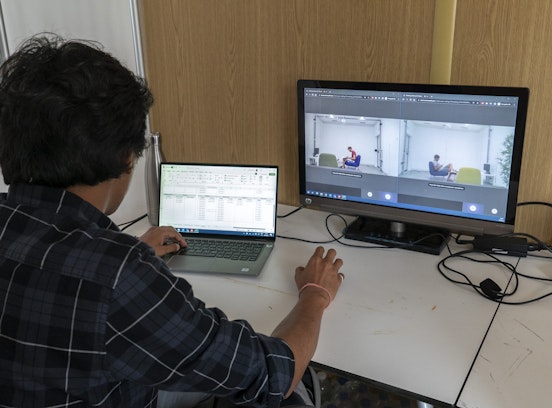Institute for Renewable Energy - Energy Efficient Buildings - News & Events - Indoor Environmental Quality Monitoring
Indoor Environmental Quality Monitoring
New scientific article introduces the Environmental Quality bOX (EQ-OX), a system designed for indoor environmental quality monitoring internally developed by Eurac Research
Eurac Research recently published a new paper on the Journal Sensors, which introduces the Environmental Quality bOX (EQ-OX), a system designed for indoor environmental quality monitoring. The box embeds only low-cost sensors within a compact case, facilitating vast-scale monitoring campaigns in residential and office buildings.
The paper describes a selection of best practices that may further reduce the inaccuracy of measurements when the system is under operational conditions, thus enhancing the trustworthiness of the acquired data. The EQ-OX platform is highlighted for its low-cost, customizable, and inherently flexible nature. Unlike previous monitoring kits, EQ-OX allows for the replacement and expansion of sensors, facilitating adaptability to evolving market trends and research requirements.
"EQ-OX surpasses previous works by increasing the number of monitored parameters, enabling more comprehensive analysis of IEQ and its correlation with human health and productivity. The paper introduces a lightweight linear correction algorithm, contrasting with computationally intensive machine learning methods commonly used for sensor calibration. This algorithm aims to simplify software implementation while achieving acceptable accuracy levels for most LCSs analyzed in the study" explains Jacopo Corona, first author of the study.
Presenting results from laboratory and field tests comparing EQ-OX with calibrated professional-grade instruments, the authors determine the best trade-off between measurement accuracy and costs, ensuring the system's efficacy in diverse operational conditions.
The work was carried out with internal Eurac Research funding and with the economic support of the Department of Environmental Science Informatics and Statistics of University of Venice, Ca’ Foscari. This project received also funding from European Union’s Horizon 2020 program under GA No. 899987 and “Programma di cooperazione Interreg V-A Italia-Svizzera 2014– 2020”, project “QAES” ID no. 613474.
Furthermore the authors would like to thank the Laboratory of Air Analysis and Radioprotection of the Province of Bolzano and in particular, Luca Verdi and Gianmaria Fulici, for providing data on CO2 and VOC using reference instruments.
Read the original article here

